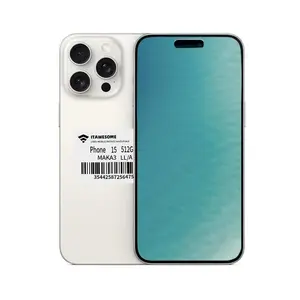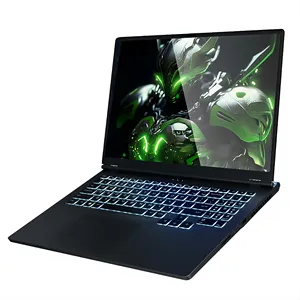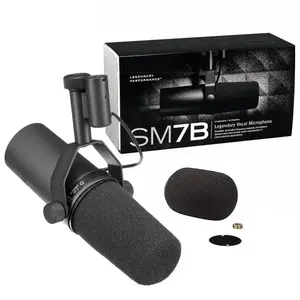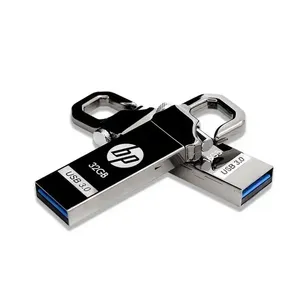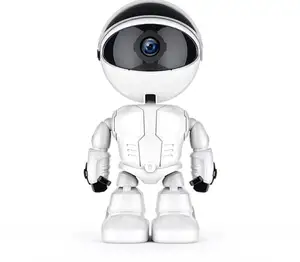Popular in your industry









































































Top categories
About android 2.3 watch
The digital revolution has snugly wrapped itself around our wrists, culminating in the groundbreaking release of the smartwatch. This latest innovation represents not just a leap, but a quantum jump in the evolution of on-wrist technology. From the rudimentary digital timepieces of the past to the sophisticated smartwatches of today, wearable technology has been on an unstoppable march towards greater integration into our daily lives. The smartwatch stands at the forefront of this revolution, promising a future where our watches are not mere timekeepers, but powerful extensions of our digital selves. In this article, we delve into the transformative journey of on-wrist technology, exploring the features, applications, and design innovations that make the smartwatch a harbinger of the wearable tech era.
The Evolution of On-Wrist Technology
The journey of on-wrist technology began with the first digital watch, evolving into devices capable of user-programmable memory by the early years. Advancements in watch computers allowed for data syncing and interaction with personal computing devices, a significant leap forward in wearable technology. The following years showcased the growing desire for multifunctional timepieces. The 1990s saw further innovation with wristwatches that could wirelessly transfer data from PCs, marking the beginning of a new era in smartwatch capabilities.
Entering the 2000s, prototype smartwatches showcased systems with features like accelerometers and biometric sensors, hinting at the future of smartwatches. Despite its short-lived success, the early smartwatch was a pioneer in running a full mobile operating system on a wristwatch. The initiative to integrate everyday gadgets with personal technology offered users information at a glance without the need for deeper interaction. These developments paved the way for the modern smartwatch, setting the stage for the integration of advanced operating systems and the transformation of wearables into versatile, connected devices that would revolutionize the industry.
Smartwatch: A New Era in Wearables
The advent of the smartwatch marks a significant milestone in the evolution of wearable technology. This smartwatch, independent of a smartphone, showcases a blend of functionality and design, offering users a standalone experience with features such as Bluetooth connectivity and access to internet applications. The integration of advanced operating systems into wristwear has expanded the capabilities of traditional watches, transforming them into versatile devices that cater to a variety of user needs. The smartwatch exemplifies the potential of wearables to go beyond mere timekeeping to become an essential tool for fitness, communication, and personalization, reflecting the new era of on-wrist technology.
Key Features of Smartwatches
The health and fitness application serves as a central hub for monitoring and analyzing data from a compatible smartwatch. It provides users with immediate insights into their daily physical activities, including step count, distance traveled, and calories burned. The interface allows for easy navigation and detailed views of additional data with simple finger gestures. Moreover, the app includes features designed to encourage an active lifestyle, such as an alert system for inactivity and customizable step goals. It also compiles the data into comprehensive reports, offering users a deeper understanding of their activity patterns and areas for improvement. This functionality exemplifies the type of features that may be found in smartwatches, which prioritize not only fitness tracking but also user engagement and habit formation.
Diverse Applications of Smartwatches in Various Industries
Smartwatches are becoming increasingly integral to various industries due to their advanced capabilities. These devices serve as a hub for telemetry data collection, which is essential for long-term biomonitoring, a function that's particularly valuable in the healthcare sector. For athletes and fitness enthusiasts, the ability to monitor physical activity, environmental sensing, and real-time data collection is indispensable. These watches can seamlessly connect to smartphones, enabling efficient task management and communication.
In the realm of personal health monitoring, smartwatches offer a suite of features that track vital health metrics, aiding not just fitness aficionados but also providing patients with critical information about their health conditions. The incorporation of features like digital cameras, accelerometers, pedometers, and heart rate monitors into these smartwatches has broadened their appeal, making them a staple in health and wellness tracking.
Beyond health and fitness, these smartwatches are also finding applications in professional settings where real-time data access and communication are crucial. The integration of GPS receivers, miniature speakers, and data storage expands their utility, facilitating navigation, multimedia consumption, and data storage, which are essential features for professionals on the move.
Material and Design Innovations in Smartwatches
The smartwatch line, featuring sporty and metallic aesthetics, offers a variety of colors and strap options, including silicone and leather, allowing for a high degree of personalization. The design choices reflect a trend towards larger, more statement-making smartwatches, with sizes that are substantial yet comfortable on the wrist.
In terms of design customization, these watches stand out with exclusive watchfaces that offer deep customization options. Users can adjust details such as the dial color, hand styles, and even accent colors for various watch functions, showcasing the potential for individual expression within the smartwatch market. Furthermore, the ability to schedule watchface changes enables a transition from a daytime, information-rich display to a more refined evening aesthetic.
Despite the larger size, the integration of efficient chips ensures that these watches operate with efficiency, avoiding lag and maintaining responsive interactions. This combination of robust performance and customizable design illustrates the evolving nature of smartwatches, which are increasingly catering to both technological needs and fashion sensibilities.
Advantages of Integrating Smartwatches into Business Operations
Smartwatches have evolved into more than just a tool for tracking fitness; they have become invaluable business assets. The ability to ensure you never miss important calls is a significant advantage in the business realm. This feature is particularly crucial for professionals where missing a call could have substantial implications. The functionality to take calls directly from a smartwatch varies by model, but the essence remains the same: staying connected without being tethered to your phone.
Moreover, the integration of smartwatches into business operations offers the convenience of managing notifications efficiently, which can be a boon for productivity. Staying updated with current events and notifications without the need to constantly check a smartphone can streamline a workday, making it more efficient. While there is an additional cost for cellular connectivity on these devices, the investment can be justified by the freedom and connectivity it offers to the user, especially in a fast-paced business environment.
How Alibaba.com Facilitates B2B Transactions for Smartwatches
Alibaba.com offers a streamlined platform for facilitating B2B transactions, ensuring a secure exchange from payment to delivery. With a selection of smartwatches available, businesses can explore a variety of options to find the wearable technology that fits their operational needs. The platform's assurance measures provide a layer of security for transactions, giving businesses the confidence to invest in the latest on-wrist technology.
Conclusion
The smartwatch is not just a new product; it's a new paradigm in wearable technology. We've traced the lineage of on-wrist tech from its inception to its current pinnacle in the smartwatch, a device that encapsulates the full potential of wearable computing. With its standalone functionality, the smartwatch transcends traditional boundaries, offering a suite of features that cater to health, fitness, and professional needs. It's a testament to the ingenuity of design and the relentless pursuit of innovation. In the business realm, these watches are proving to be indispensable tools for seamless connectivity and productivity. Platforms like Alibaba.com are pivotal in bringing these technological marvels to businesses, facilitating B2B transactions that drive the industry forward. As we stand on the cusp of what may be the next great era of personal technology, the smartwatch is not just keeping time; it's setting the pace for the future.
